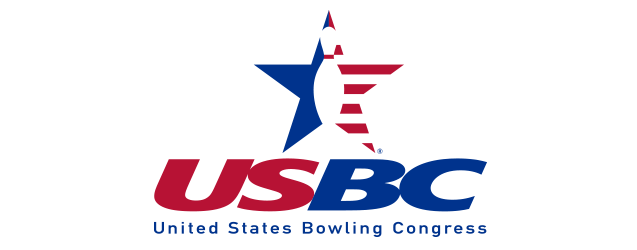The United States Bowling Congress officially launched Jan. 1, 2005, as the organization to serve adult and youth bowlers in the United States. Today, USBC serves approximately 1.4 million members.
USBC is the national governing body of bowling as recognized by the United States Olympic Committee (USOC). We’re a membership organization that provides standardized rules, regulations and benefits to make bowling fair and fun for everyone.USBC stands for values that include commitment, innovation, integrity, inclusiveness and fun.
USBC Mission: The USBC is the National Governing Body for Bowling. Our mission is to provide services, resources and the standards for the sport.
USBC Vision: Our vision is to continue to be the leading authority to the sport, servicing the needs of bowling.
USBC Promise: Our promise is to celebrate the past, be mindful of the present and ensure bowling’s future through thoughtful research, planning and delivery.


